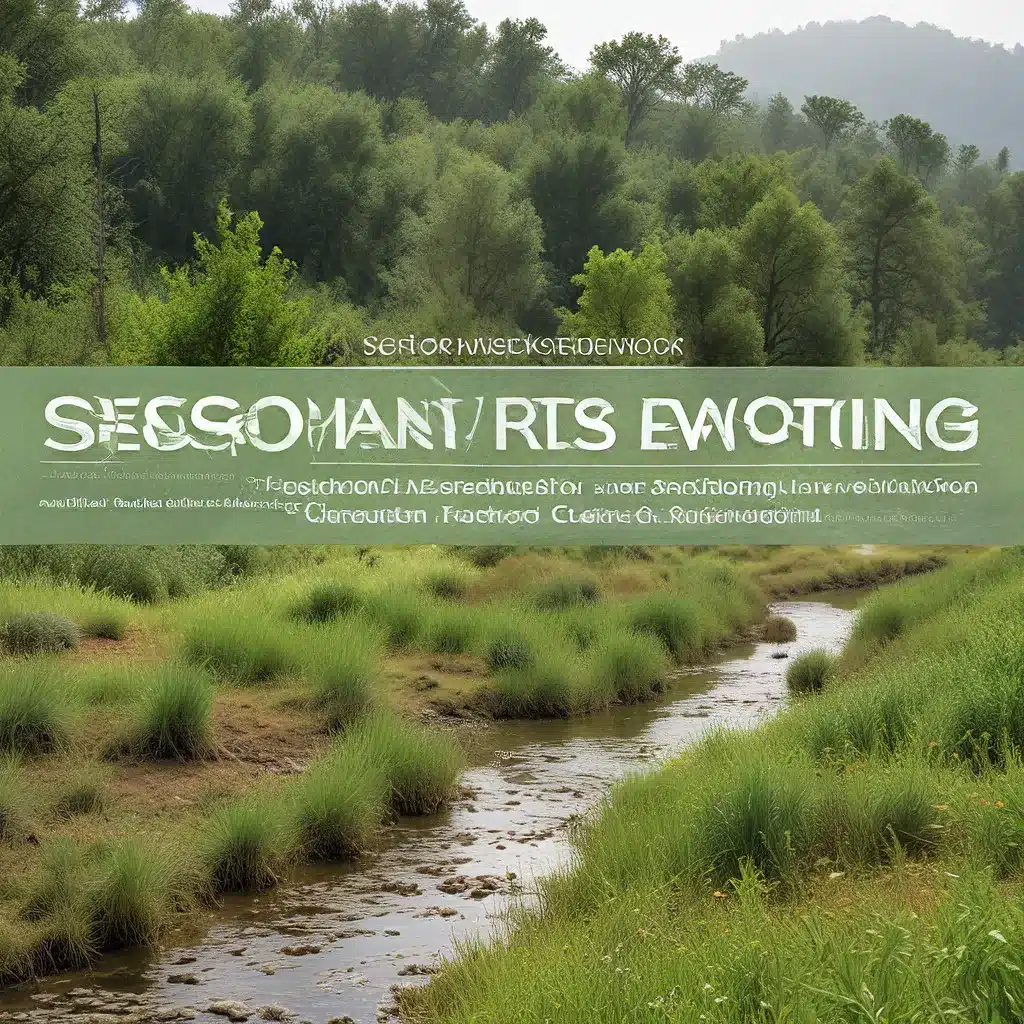
The Potential of AI-Powered Automation in Marine Ecosystem Monitoring
Sensor networks and IoT (Internet of Things) technologies have become increasingly vital in the realm of ecological restoration and conservation management. As ecosystems worldwide face mounting anthropogenic pressures, the ability to collect, process, and analyze vast amounts of environmental data has become a crucial component of effective conservation decision-making.
One particular area where sensor networks and automation can have a transformative impact is in the monitoring and management of marine environments. Marine ecosystems are notoriously challenging to study, often requiring extensive manual data collection efforts that are time-consuming, costly, and limited in spatial and temporal scope. Automated monitoring approaches facilitated by artificial intelligence (AI) and machine learning (ML) techniques can help alleviate these challenges, providing conservation managers with a more comprehensive and cost-effective toolkit to support their decision-making.
Overcoming the Challenges of Marine Ecosystem Monitoring
Marine conservation has been highlighted as a global priority, as these ecosystems provide critical services and sustain biodiversity. Effective management of marine environments requires the collection of data over large spatio-temporal scales, ensuring that decision-makers have access to readily available and integrated information. However, several roadblocks have historically hindered the ability to achieve adequate and timely data, including:
-
Limited funding: Active conservation efforts, such as habitat restoration, are often expensive, with the global median cost to restore 1 hectare of marine habitat estimated at $80,000 USD. These high costs can limit the long-term monitoring necessary to assess the success of conservation interventions.
-
Inadequate sampling: Manually collecting data in marine environments can be challenging due to factors like limited accessibility and visibility, leading to biased sampling toward easily accessible areas.
-
Data processing bottlenecks: The sheer volume of data collected through traditional monitoring methods can overwhelm the capacity of researchers and managers to process and analyze the information in a timely manner.
These limitations can result in ineffective or even detrimental management decisions in already impacted marine ecosystems, as managers may lack the necessary data to inform their actions.
Automating Ecological Monitoring with AI and Sensor Networks
The emergence of automated monitoring approaches facilitated by AI and sensor network technologies presents a promising solution to overcome the challenges faced in marine ecosystem management. By reducing the bottlenecks associated with data collection, transfer, and processing, automated systems can provide conservation managers with greater access to information, enabling more timely and effective decision-making.
Sensor networks equipped with remote sensing capabilities, such as unmanned aerial vehicles (UAVs) and underwater video cameras, can collect vast amounts of ecological data across a range of spatial and temporal scales. Coupling these data collection methods with edge computing and IoT technologies allows for efficient data transfer and on-board processing, reducing the need for manual extraction and enabling near real-time monitoring.
Furthermore, the application of deep learning algorithms can automate the processing of the large volumes of image-based data (e.g., video footage, aerial imagery) collected by these sensor networks. These algorithms can rapidly classify and count various marine species, providing detailed information on their abundance, distribution, and behavior without the need for manual analysis.
Enhancing Conservation Decisions with Data-Driven Modeling
The data-rich environment created by automated monitoring systems can also enable the use of advanced data-driven modeling techniques to support conservation decision-making. Machine learning algorithms can be trained on the large datasets collected by sensor networks to uncover non-linear relationships and patterns within the ecological data, providing insights that may not be readily apparent through traditional modeling approaches.
Reinforcement learning, a specialized branch of machine learning, shows particular promise for informing adaptive management strategies. By directly interacting with real-world data, reinforcement learning algorithms can predict future ecosystem states and identify optimal management actions, empowering conservation managers to make more informed and agile decisions.
Integrating these automated monitoring and data-driven modeling approaches into a user-friendly interface can further enhance the accessibility and utility of the information for conservation managers. Such interfaces can display key metrics, identify areas of concern, and even provide recommendations to support decision-making, bridging the gap between the technological capabilities and the practical needs of on-the-ground management.
Overcoming Barriers to Adoption
While the potential benefits of automated monitoring and AI-powered analysis are evident, several barriers to widespread adoption remain. These include:
-
Technical expertise and infrastructure: Implementing these advanced technologies requires specialized knowledge and infrastructure, which may not be readily available, especially for smaller-scale conservation projects.
-
Data governance and accessibility: Ensuring the democratization and accessibility of the collected data is crucial for fostering collaboration and knowledge-sharing among diverse stakeholders.
-
Uncertainty and trust in AI-based outputs: Conservation managers may be hesitant to rely on the outputs of AI-powered systems, particularly when the underlying processes are not fully transparent.
Overcoming these barriers will require a multi-faceted approach, involving capacity-building, the development of standardized frameworks for data management and reporting, and the continued advancement of explainable AI techniques to build trust in the technology.
Towards a Sustainable Future for Marine Ecosystems
The implementation of automated monitoring and AI-powered analysis in marine conservation has the potential to revolutionize the way we approach ecosystem restoration and management. By providing conservation managers with timely, cost-effective, and high-resolution data, these technologies can enable more informed, adaptive, and ultimately successful outcomes for the recovery and long-term sustainability of our precious marine environments.
As research in this field continues to evolve, and the accessibility of these tools increases, the future of marine conservation may well be shaped by the synergistic integration of sensor networks, IoT, and artificial intelligence – a powerful combination that can help us navigate the complex challenges facing our oceans and ensure a sustainable future for generations to come.